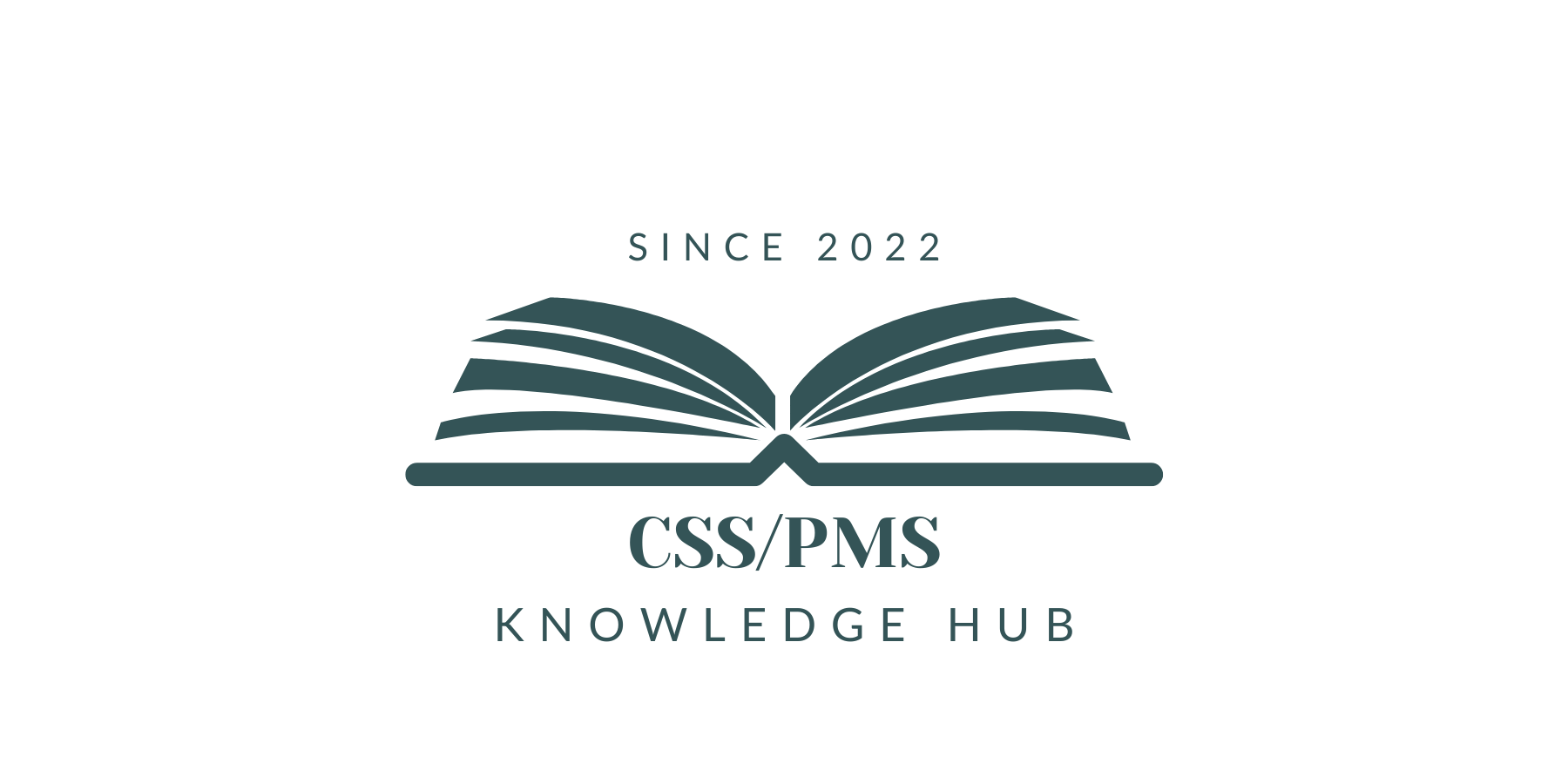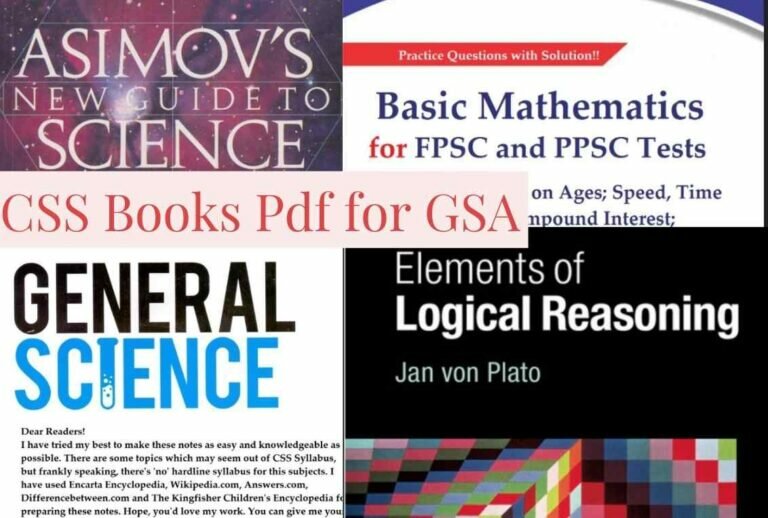Tips & Tricks for Remembering the Authors of Books
For some years we have been watching examiners asking for authors of different books. And, the students who have not read those books, find it difficult to answer those questions in the MCQ portion. However, if you don’t attempt those MCQs, it can surely bring you to get lower marks in exams. Here I am providing you with some tips and tricks for remembering the authors of books. It will help you to remember authors’ names and bring some good marks in exams. So, Let’s start:
1. Make connections:
Try to connect the author’s name with something that is memorable or unique about them. Look for similarities between the author’s name and their work. For example, if the author’s name is Jane and she wrote a book about a character named John, you could remember her as “Jane with John”. You can also try to connect the author’s name with something in your personal life. For example, if you read a book by an author while on vacation, you could remember their name as “the author I read on vacation”.
2. Use Mnemonics:
Making mnemonics is a great way to remember information, including the names of famous book authors. Here are some steps to follow when creating a mnemonic: Determine what information you want to remember. This could be the author’s name, the title of their book, or other key facts about them. Think of a word or phrase that sounds similar to the key information or has a connection to it. For example, if you want to remember the author “George Orwell,” you could create the phrase “George has an Orwellian view of the world.”
Furthermore, add a visual element or make the association funny to make it more memorable. For example, you could picture George Orwell wearing a top hat and monocle to make the association more visual.
Also Read: How to Solve MCQs in CSS Exams?

3. Create visual aids:
Visual aids can be helpful for understanding complex information and remembering important details. Here are some steps to follow when creating visual aids: Determine what information you want to convey through your visual aid. This could be a process, a concept, or a set of data. Decide on the type of visual aid you want to create. This could include diagrams, charts, tables, infographics, or mind maps. Choose a format that best represents the information you want to convey.
Use color and images to make your visual aid more engaging and memorable. Choose colors that are complementary and images that are relevant to the information you want to convey. Don’t overload your visual aid with too much information. Keep it simple and concise, and focus on the key details that you want to convey. Furthermore, once you’ve created your visual aid, test it out with others to see if it effectively communicates the information you want to convey. Use feedback to refine and improve your visual aid.
4. Read and Reread:
It is a study technique that involves reading through material multiple times to reinforce the information in your memory. Here are some tips for using this technique effectively. If you have a lot of material to cover, break it down into manageable chunks. For example, if you have a chapter to read, break it down into sections or paragraphs that you can focus on one at a time. As you read, take notes on the key points and concepts. This will help you stay engaged with the material and reinforce the information in your memory.
Also Read: CSS Exams: 5 Movies for IR Preparation
5. Practice Recalling:
Practice recalling” is a study technique that involves actively recalling information from memory, rather than just reviewing it passively. Here are some tips for using this technique effectively. Create practice quizzes or flashcards to test your memory of the material. Use active recall to try to remember the answers before checking them. Repeat the information multiple times, whether out loud or in your head. This helps reinforce the information in your mind.
6. Watch Book Reviews:
It involves watching video reviews of books to gain a better understanding of their content, themes, and style. You should look for reviews from reputable sources, such as established book review websites, literary magazines, or trusted book vloggers. Choose reviews that are detailed, informative, and give you a good sense of the book’s content.
7. Join a Book Club:
Look for a book club that focuses on the type of books you’re interested in, and that meets at a convenient time and location. You can search online, ask at your local library, or check with bookstores in your area. When you attend the book club meetings, make sure to participate in the discussions. Share your thoughts and opinions on the book, and ask questions of other members. Pay attention to the perspectives and opinions of other members. They may have a different interpretation of the book or notice things you didn’t, which can help you gain a deeper understanding of the book.
Read the book critically, taking note of important themes, symbols, and characters. This will help you contribute more to the discussions and get more out of the book club experience.
8. Use Repetition:
Take notes on important information while studying, and then review those notes several times over a period of days or weeks. Each time you review, you are reinforcing the information in your memory. Create flashcards with important information on one side and the corresponding answer on the other. Review the flashcards regularly until you have memorized the information. Write out important information several times. For example, write out key terms or definitions multiple times in a row, or rewrite your notes from memory without looking at the original.
Recite information out loud from memory, either alone or with a study partner. Take practice tests or quizzes on the material you’re studying. Review the questions and answers several times to reinforce the information. Try to recall the information from memory without looking at your notes or other resources. This is a more active way to reinforce the information in your memory.
9. Look for Patterns:
Many authors have a particular writing style or themes that they explore in their books. Look for patterns in the authors you read and see if you can remember them based on their unique style or themes.
10. Create associations:
Try to associate the author’s name with something else that is memorable to you. For example, you could associate Stephen King with horror, or J.R.R. Tolkien with fantasy. Creating these associations can help you remember the author’s name and their work.







